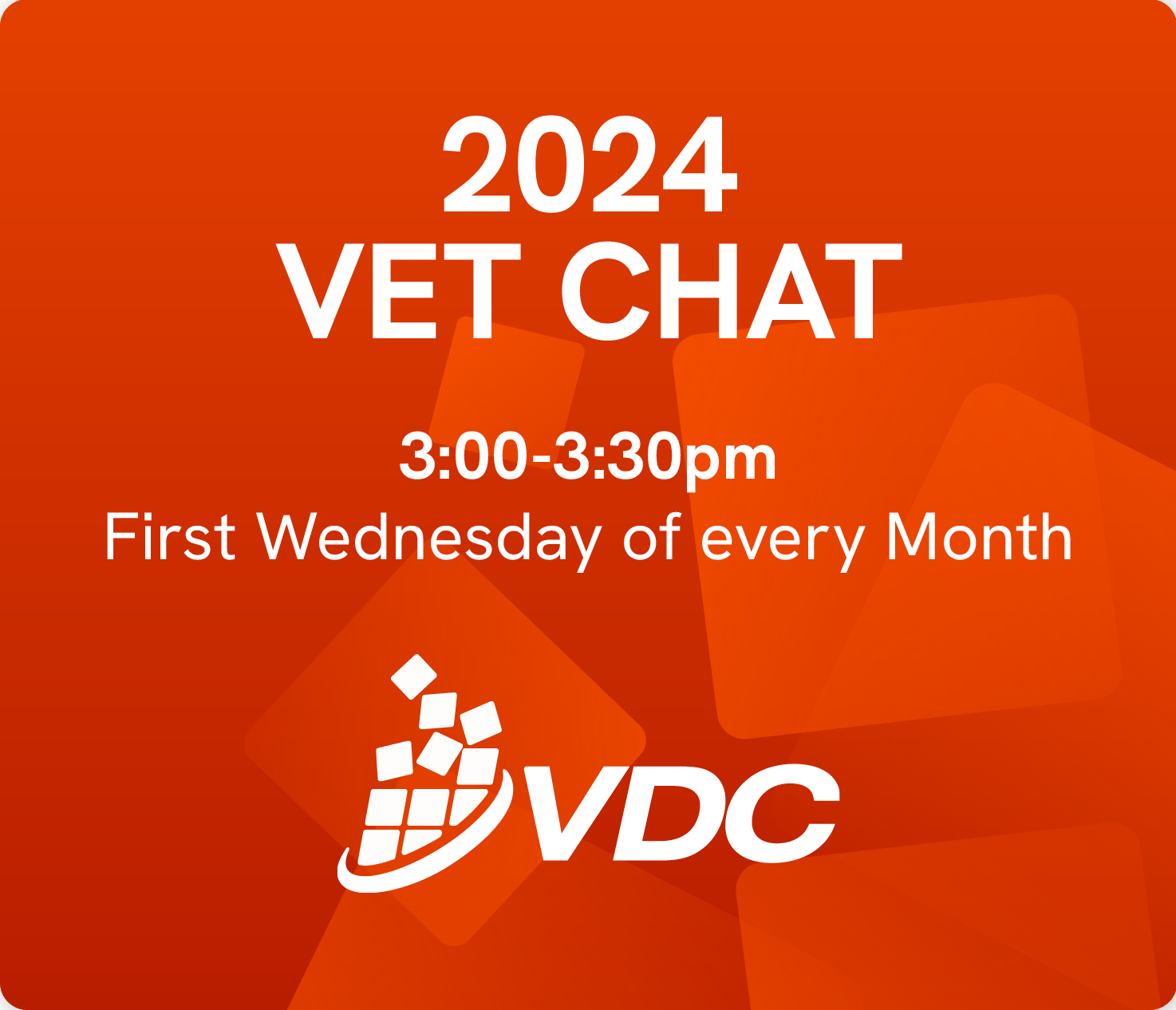NCVER has just released VET in schools (VETiS) data for 2017, along with a data slicer to help users interrogate the data and delve deeper.
Another NCVER report, published last year, looks at post-school employment and training.
A bigger picture of VET in schools
Recent VETiS data from NCVER there were around 242,000 VETiS students nationally in 2017, of which 20,000 (or 8.2%) were apprentices and trainees. So let’s focus not only on the overall stats, but also on school-based apprentices and trainees (SBATs).
While there was a minor decrease in VETiS students from the previous year, apprentice and trainee numbers were up by about 16%, returning numbers to around those of previous years. On the whole, however, VETiS student numbers have been relatively constant since 2013 both nationally and in Victoria.
In 2017 Victoria had a total of 50,400 VETiS students, the second highest after Queensland (84,200), and just above numbers in New South Wales (50,200). Of these Victorian school students, 3000 are apprentices and trainees. This is around 6% of total VETiS students, which is below the national average. Numbers of school-based apprentices and trainees were also down from those in 2016 by about 9% which, in turn, were down on previous years (2013 – 2015). Again, Queensland has the most school-based apprentice and trainee numbers (11,300) and they make up 13.4% of the VETiS numbers in that state.
The characteristics of VETiS students in Victoria
Looking nationally, Victoria had by far the highest number of VETiS students who were 14 years or under (around 1,400). The majority, however, were 15 to 19 years of age, as in most other states and territories. Interestingly, in 2017 Victoria (and particularly South Australia) had relatively high numbers of VETiS students who were 20 years of age or older. Numbers of those in the 20+ age group were much lower in the other big VETiS states: NSW and Queensland. Thus, Victoria seems to have a more diverse age distribution of VETiS students than other states.
So what does the data slicer tell us about the 2017 VETiS and apprentice cohorts in Victoria?
The majority are in government schools (nearly 27,500), with Catholic schools showing strong numbers too (nearly 12,000). Independent and ‘other’ schools are less well represented. For apprentices and trainees, the majority are in government schools (around 1650), with Catholic (520) and ‘other’ schools (690) accounting for the great majority of the remainder.
Males outnumber females in VETiS (approximately 29,100 (58%) vs 21,300) in Victoria. For apprentices and trainees about 60% were male.
Certificate II and III level studies predominate – with Certificate IIs being most popular, followed by relatively small numbers in Certificate I and minimal numbers in Certificate IV and Diploma or higher levels. Apprentice and traineeship numbers are concentrated predominantly in Certificate III (nearly 2,400), with the remainder at Certificate II (around 600).
The majority of VETiS students are in metropolitan or inner regional areas. The same applies for school-based apprentices and trainees, with few (less than 10%) found in outer regional areas. Socio economic status is distributed across all bands.
In terms of Victorian enrolments, the most common training packages for Certificate II programs are tourism, travel and hospitality, business services, creative arts and cultures, and sports, fitness and recreation. Large enrolment numbers are in non-training package studies, though. For Certificate IIIs the big enrolment numbers are in sport, fitness and recreation, creative arts and community services.
It’s also worth looking at a piece of work by NCVER’s Josie Misko and her colleagues, published last year. It not only charts student characteristics, but also their post-school employment and training experiences.








